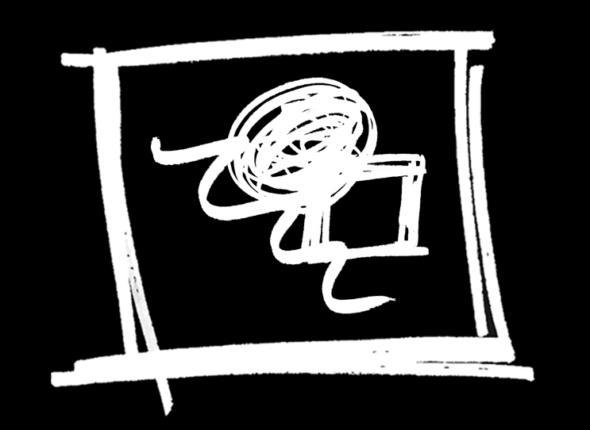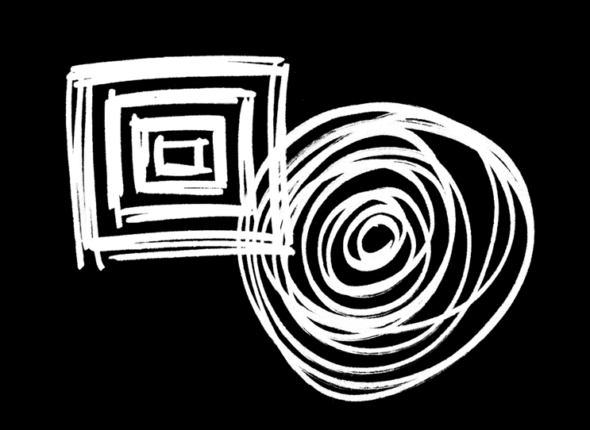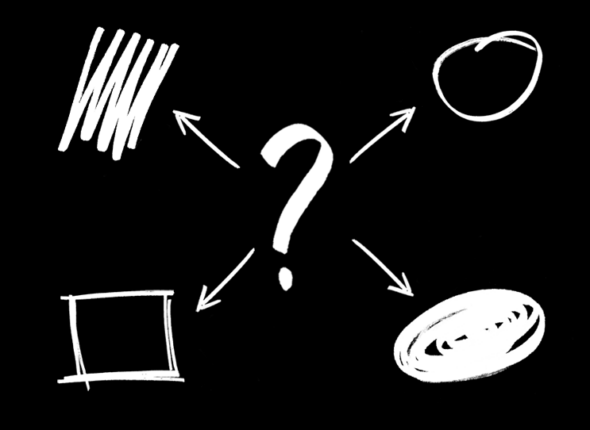-
-
-
-
Card sorting helps quickly and efficiently determine what users consider important. This applies to app features as well as the organisation of navigation elements on websites, applications, or even in physical spaces. Card sorting involves presenting a set of cards with certain information to participants, who are tasked with sorting the cards by priority or grouping them into categories. This method is mainly used in user research and information architecture design. Participants are given a set of cards displaying words or images and are asked to arrange the cards according to their importance or group them based on shared characteristics. This process provides valuable insights into what is most important to users and allows for deeper discussions about user values and motivations. The goal is to achieve intuitive use. With this information, we can better tailor the design of products and services.
Using card sorting techniques, businesses can quickly identify relationships between different tasks or products and ensure that related items are logically grouped. Customers or employees can then easily find what they need without having to sift through irrelevant information. Card sorting also aids in decision-making by prioritising tasks according to importance or urgency.
Card sorting can be done physically or on a computer using specialised software. Physical card sorting is especially useful for gathering insights. It is typically organised as a workshop for 3-5 groups (with a total of at least 15 participants). Online card sorting is suitable when expecting quantitative research and statistically relevant data, as evaluating computer-conducted sorting is significantly easier. In this case, a sample size of 30-50 respondents is needed.
Implementation Steps of the Method
- Creating a Deck of Cards: Start by creating a deck of cards for your card sorting. Each card should contain a word or image. It is important that the content of the cards is easily understandable. If participants speak a different language or cannot read, images are a better choice. The recommended number of cards is 30-60.
- Customising the Deck: Adjust your deck to reflect the goals of your research. Combine specific and more abstract terms. This approach will help you better understand how the people you are designing for perceive the world. It allows you to gain deeper insights than just simple ranking by importance.
- Sorting: Give the cards to the individuals for whom you are designing, and ask them to sort them according to what is most important to them. Allow participants to work with the cards at their own discretion. When organising physical card sorting, remember to shuffle the cards before giving them to each respondent to ensure that the order is different for each participant.
- Data Collection: After each respondent has completed the sorting, photograph the sorted cards. You can also record them in a matrix or table.
- Analysis and Evaluation: Open all the images of the sorted results and look for recurring patterns. After this process, you may find it necessary to delve deeper and analyse partial motivations, goals, and workflows.
Tips
- If you are analysing photos of groups of physical cards, it is recommended to print the images and use coloured markers to mark the different groups. This method will help you better distinguish which cards fall into which category.
- If you want to generalise the findings, prefer computer-based card sorting. This approach is necessary because a larger sample size requires more extensive and complex manual evaluation.
Possible uses
- Improving navigation on websites or in applications
- Course development – understanding relationships between modules, helping with their logical arrangement, etc.
Card sorting helps quickly and efficiently determine what users consider important. This applies to app features as well as the organisation of navigation elements on websites, applications, or even in physical spaces. Card sorting involves presenting a set of cards with certain information to participants, who are tasked with sorting the cards by priority or grouping them into categories. This method is mainly used in user research and information architecture design. Participants are given a set of cards displaying words or images and are asked to arrange the cards according to their importance or group them based on shared characteristics. This process provides valuable insights into what is most important to users and allows for deeper discussions about user values and motivations. The goal is to achieve intuitive use. With this information, we can better tailor the design of products and services.
Using card sorting techniques, businesses can quickly identify relationships between different tasks or products and ensure that related items are logically grouped. Customers or employees can then easily find what they need without having to sift through irrelevant information. Card sorting also aids in decision-making by prioritising tasks according to importance or urgency.
Card sorting can be done physically or on a computer using specialised software. Physical card sorting is especially useful for gathering insights. It is typically organised as a workshop for 3-5 groups (with a total of at least 15 participants). Online card sorting is suitable when expecting quantitative research and statistically relevant data, as evaluating computer-conducted sorting is significantly easier. In this case, a sample size of 30-50 respondents is needed.
Implementation Steps of the Method
- Creating a Deck of Cards: Start by creating a deck of cards for your card sorting. Each card should contain a word or image. It is important that the content of the cards is easily understandable. If participants speak a different language or cannot read, images are a better choice. The recommended number of cards is 30-60.
- Customising the Deck: Adjust your deck to reflect the goals of your research. Combine specific and more abstract terms. This approach will help you better understand how the people you are designing for perceive the world. It allows you to gain deeper insights than just simple ranking by importance.
- Sorting: Give the cards to the individuals for whom you are designing, and ask them to sort them according to what is most important to them. Allow participants to work with the cards at their own discretion. When organising physical card sorting, remember to shuffle the cards before giving them to each respondent to ensure that the order is different for each participant.
- Data Collection: After each respondent has completed the sorting, photograph the sorted cards. You can also record them in a matrix or table.
- Analysis and Evaluation: Open all the images of the sorted results and look for recurring patterns. After this process, you may find it necessary to delve deeper and analyse partial motivations, goals, and workflows.
Tips
- If you are analysing photos of groups of physical cards, it is recommended to print the images and use coloured markers to mark the different groups. This method will help you better distinguish which cards fall into which category.
- If you want to generalise the findings, prefer computer-based card sorting. This approach is necessary because a larger sample size requires more extensive and complex manual evaluation.
Possible uses
- Improving navigation on websites or in applications
- Course development – understanding relationships between modules, helping with their logical arrangement, etc.








